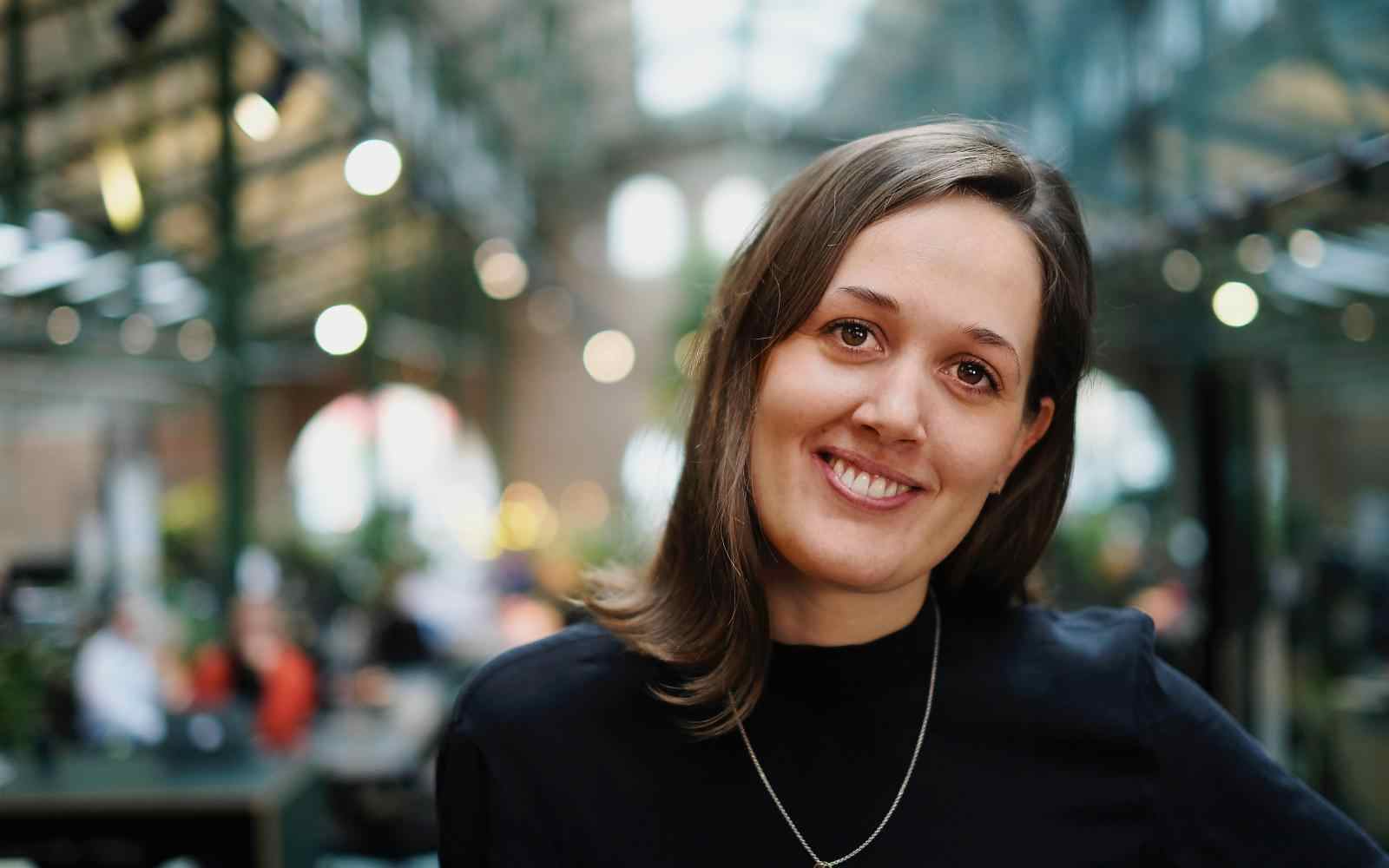Four important lessons / how to’s for cross-sector partnerships to thrive

AUTHOR
Emma Lindgren, Director Ashoka Nordic
We heard it before: there is a need for more ambitious cross-sector partnerships to be able to tackle the complex societal and environmental challenges we face. But issues such as competition, power imbalance, lack of time and resources often stand in the way. Through a recent map where we listened to more than 200 Changemakers in Sweden, and through Ashoka Nordic’s learnings after 3 years of partnering up with IKEA Social Entrepreneurship B.V. globally (and being part of many other cross-sector partnerships in the Nordics in the past) - I’ve gained a few learnings that can be useful.
Today when talking about solving complex societal issues, collaboration is on everyone’s mind. In fact, the last one of the 17 Sustainability Goals, set out by the United Nations to reach Agenda 2030, focuses on the importance of partnerships. When I studied for a Master's in business and politics over 10 years ago, I got introduced and intrigued by the concept of collective impact and cross-sector partnerships.

The idea that no actor alone can solve society’s issues on their own, but many actors from different sectors, need to come together around the problem at the center, dare to co-create solutions and find forms for collaborations, sounded appealing to a collaboration-oriented-person like me. The only (big) question that remained after buying into the concept was: how it is done in practice? Who would for example lead such an effort and who could fund it over time?
Looking back over the 10 years that passed by since then, I realise that I have spent most of my professional career until now to figure it out.
"I still do not have all the answers, but I do believe that most challenges can be done better solved in smart and unexpected collaborations if managed well.”
Some of these personal learnings, have been further supplemented in a recent study carried out by the team at Ashoka Nordic, in collaboration (yes!) with Reach for Change, The Swedish Post Code Foundation, Vinnova, and with support from many network partners - we conducted a Changemaker Map to identify the needs and challenges of the ecosystem in Sweden. One of the main trends we found was connected to creating cross-sector partnerships; “Everyone talks about it, but few makes it happen”. I personally believe this is because there are not enough best practices out there to use and learn from.
Last week, we launched the third edition of the Dela Programme, which is the main element of our partnership between Ashoka and IKEA Social Entrepreneurship B.V. This cross-sector partnership works better every year because we have placed a lot of emphasis on how to better collaborate and bring the best out of our common work.
Here are some of the learnings I’ve done in this field so far:
Invest time in understanding if your visions match
and draft a common Theory of Change (ToC)
I write “invest” time here because it does involve risk. What is at stake, especially at the beginning of a partnership (and often even before you sign an agreement), is the time spent with your team and the partner’s team/-s end to see if and how your vision aligns. Worst case, you do not continue and then you “lose” the time spent, but in the best case, there are lots of impacts and potential income to gain.
Questions to explore together are: Can the partner view itself in a bigger picture in society that fits your worldview, and do you see a similar end goal? Ask yourself, what impact can we create together in five years from now if we work together?
Once you see that you have enough in common when it comes to vision, my recommendation is to spend time together drafting a Theory of Change, i.e., a description of how and why a desired change is expected to happen from activity (input) level to long term impact. In the Impact Report from Dela I, you can see how it looks like in our Partnership with IKEA (page 3).
One of the hinders to forming cross-sector partnerships, pointed out by Changemakers in the Swedish Map this year, is the lack of time and platforms to form and meet potential partners.
My recommendation when finding a potential partner is to jointly arrange a co-creation workshop with your teams to explore the questions above and to start drafting the ToC.
Be generous to one another and let each other shine
When entering partnerships, I learned that it is important to move away from an egocentric perspective and enter a more eco-centric approach instead. This includes being generous to one another and letting each other shine, at events or in media for example. This can be hard in the beginning, when you don’t know each other and are unsure of the other partner’s “real intention”. In the Swedish Changemaker Map the branding exercise was pointed out as a risk where some Changemakers were afraid that their (often corporate) partners would do it to brand themselves better. This is of course a risk, that needs to be carefully evaluated. But I’ve learned that when you find the right partner, try to trust their intentions.
The benefits outrun the potential risks, and you can get so much back from the right partner that can go way beyond your expectations.
Dare to face and be honest about your different realities
Yes, you are and will continue to be different “animals” with different agendas. A civil society organization is and should be mission-driven and often work on small budgets to benefit their mission and target groups to the fullest, while a business should primarily earn profit for its owner.
However, the boundaries are getting thinner than ever before – where more businesses see that they have an important role to play for the common good. It is important to clearly communicate your different realities and often come back to that in your conversations. This will help to get a further understanding of your different differences and thus be able to collaborate better.
And of course, always be careful to give too much attention on the other partner’s need, and thus be unable to attend your own development. And avoid settling in funder-executor relationships.
Having guiding principles for your teams, such as welcoming different perspectives/diversity, co-creation and honesty helps create the right atmosphere and culture.
Aim for long term impact - try to work for more than 1 year at a time
Not surprisingly, every Changemaker that was part of the Swedish Changemaker Map expressed that they want to find more long-term partners. And that it was what it takes to create a real impact together. In general, as it takes between 10-25 years to achieve the highest level of impact, system- or frame change, it means that a one- or two-years partnership will never be sufficient.
Another argument is that it takes time to build a partnership team and culture, so don’t underestimate that part either. The general advice is to try to sign 3 years partnerships whenever possible, as a minimum.
Finally, there are no exact right answers as this is an emerging field. So, be brave, patient and don’t give up. All learnings will be useful when building your partnership tool-box, the positive ones but not least the more challenging ones.
Follow our journey with the Dela partnership by joining next week’s ACMS session: “Leading together towards long-lasting impact,” an open conversation around the value of co-creation led by social entrepreneurs, co-workers and corporate partners who took part in the Dela Accelerator.
Read more about it and register for free here.